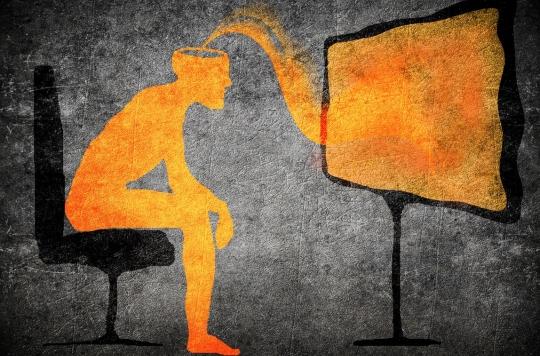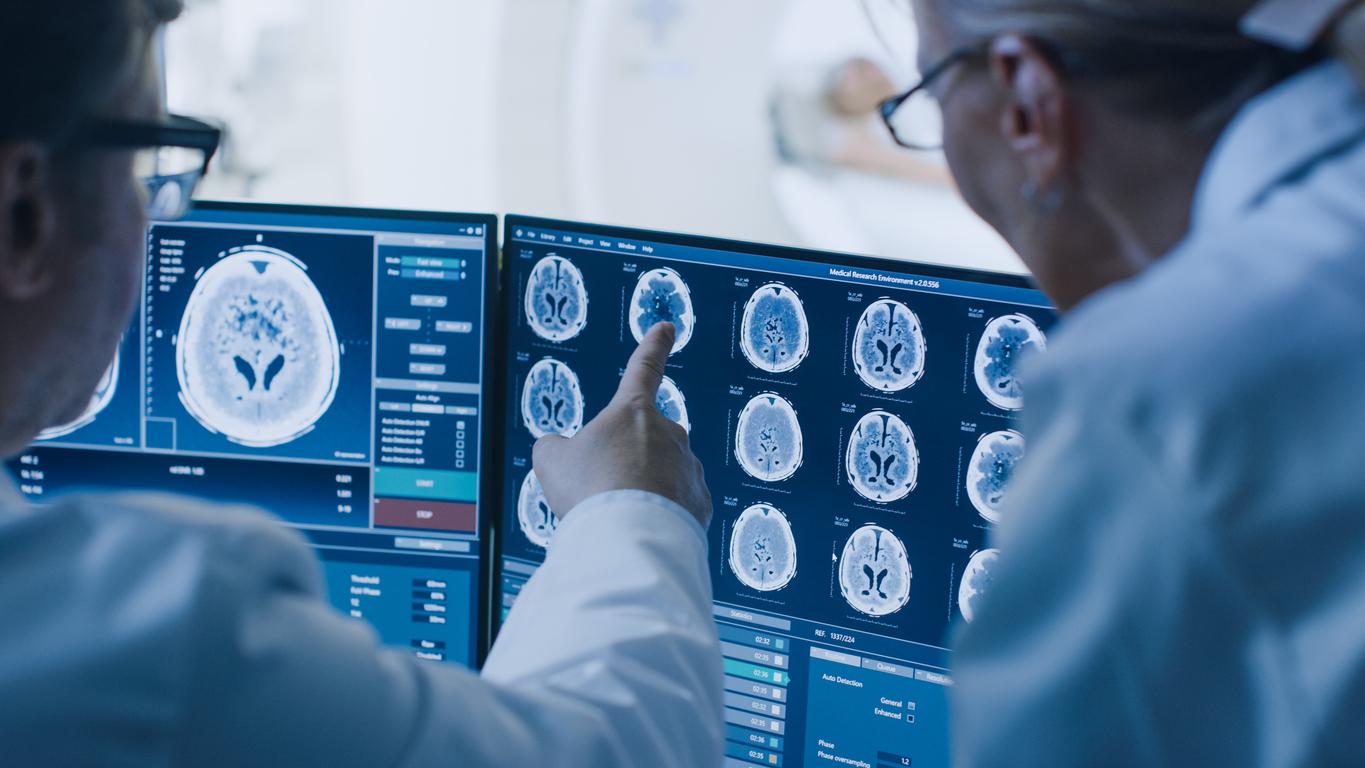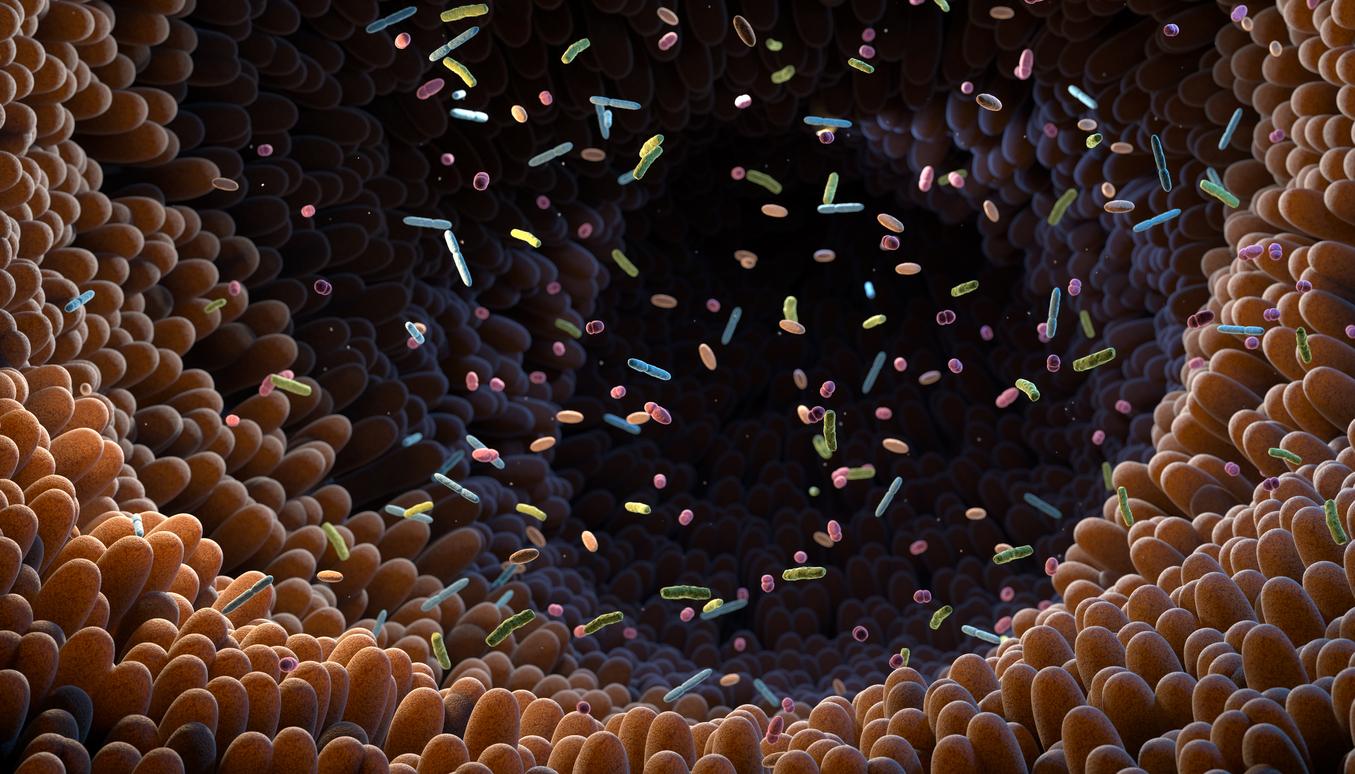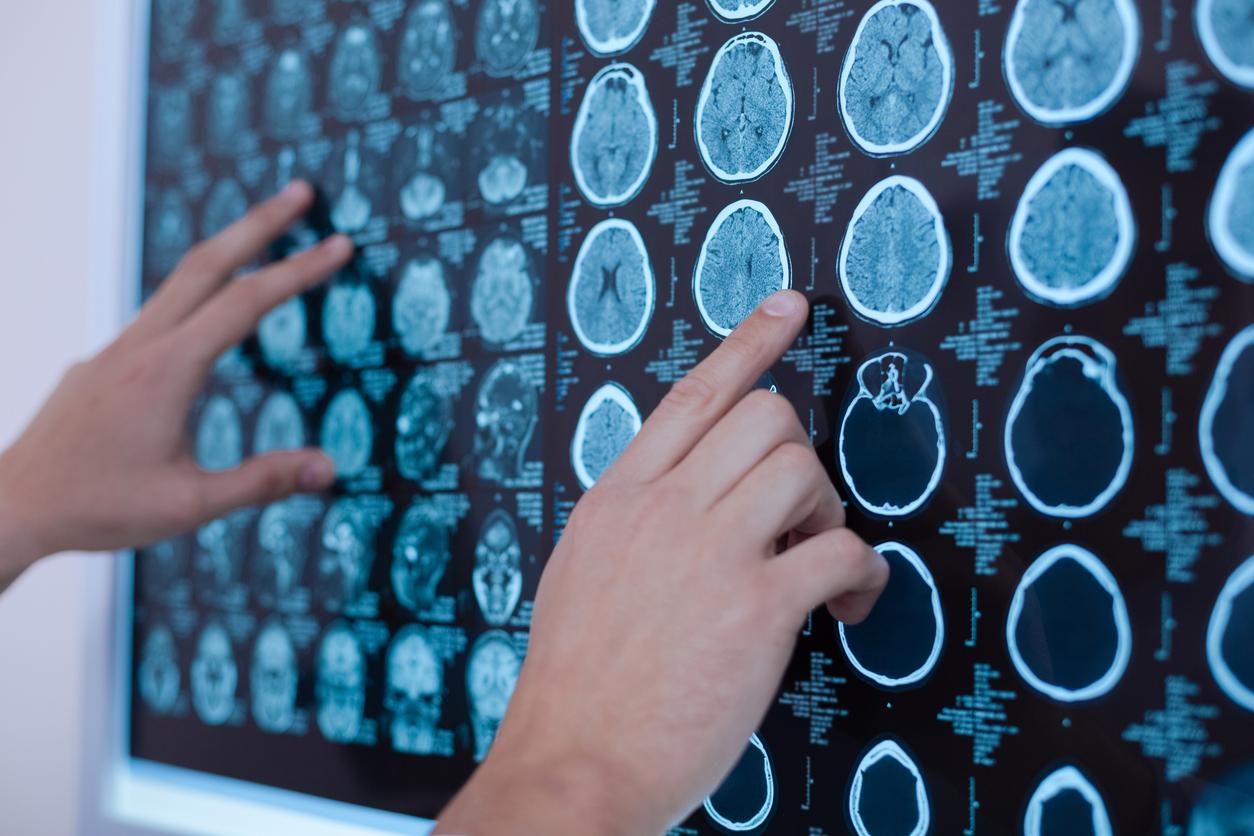Learning and perception also go through subconscious visual stimuli. Until now, researchers did not know how the brain registers them. The reason would be related to the secretion of dopamine.

- The brain can perceive or register subliminal images
- This phenomenon, explained for the first time, would be based on the effect of dopamine on certain brain areas.
Our brain can store images or messages that we don’t see or hear. It was the cinema, at the time when it was based on filmstrips scrolling at the rate of 24 images per second, which popularized this faculty: an image out of context displaying only for 0.04 seconds was not perceptible by our sight but could mark our spirit. On the same principle, a “furtive” photo of François Mitterrand integrated into the credits of the news bulletin of a major French television channel had created the event during the presidential campaign of 1988. Accused of wanting to influence public opinion, this channel had to change the credits in question! A study published in the journal Neurone has just given a scientific explanation for this phenomenon: for the first time, researchers have discovered how the brain perceives and learns from subconscious visual stimuli.
The brain perceives and registers subconscious visual stimuli
Part of the learning is done consciously, the other is less perceptible because it passes through subconscious visual stimuli. Thus, the brain reacts to images or light without requiring an effort from the individual. By dint of seeing them, the brain retains them, it registers them. Until now, scientists knew about this phenomenon of unconscious learning but did not know what caused it. To achieve this, they therefore studied the brains of two monkeys. At first, the primates therefore saw images of human faces and bodies while performing another task. Their perception was blurred, almost invisible. They could not consciously perceive these images. The same result was observed when the brain was stimulated and not.
The ventral tegmental area releases dopamine…
Instead, in a second step, the scientists stimulated the ventral tegmental area of the brain while the monkeys received subconscious visual stimuli. The ventral tegmental area is made up of a group of neurons, the majority of which produce dopamine, a biochemical molecule that enables communication within the nervous system. It causes a feeling of pleasure which activates the reward system and plays a role in motivation. By activating the ventral tegmental area, the researchers therefore released dopamine in the brains of primates. “Dopamine is a crucial messenger molecule of our motor and reward systems, and it is extremely important for learning and pleasure, emphasizes Wim Vandufel. By directly stimulating this area of the brain, we can establish a causal link between activity in this area and perception or complex cognitive behavior.”
… which allows monkeys to better perceive images
Indeed, during this second experiment, the perception of the monkeys was very different: they saw the images in detail. For example, they knew whether human bodies faced left or right. There was therefore a large difference in perception due to the stimulation of the ventral tegmental area. To dig deeper into their findings, the scientists did brain scans of the primates, before and after the test. “We can see blood flow in the brain, which gives an indication of active neurons, continues Wim Vanduffel. The more blood flow, the more activity.“According to these medical imaging shots, the activity would cause a reaction in the visual cortex of the brain but also in areas important for memory.
New treatments for neurological pathologies?
Disturbances of the dopaminergic system can lead to various psychiatric and motor disorders, such as Parkinson’s, depression or drug addiction. “Parkinson’s disease is a motor disorder and is caused by the death of dopamine-producing neurons, assures Wim Vandufel. However, current dopaminergic treatments can produce side effects because they also activate the entire reward system, which not only reduces motor symptoms, but can also lead to addictive behavior.“Thus, the work of these researchers on the functioning of the ventral tegmental area of the brain could, in time, make it possible to develop more targeted treatments, with fewer side effects, for several pathologies or cerebral shocks.”By stimulating areas of the brain that produce dopamine, we could, for example, enable people to regain their speech more quickly or improve their motor skills after an accident or illness.,” concludes Wim Vanduffel.
.

















